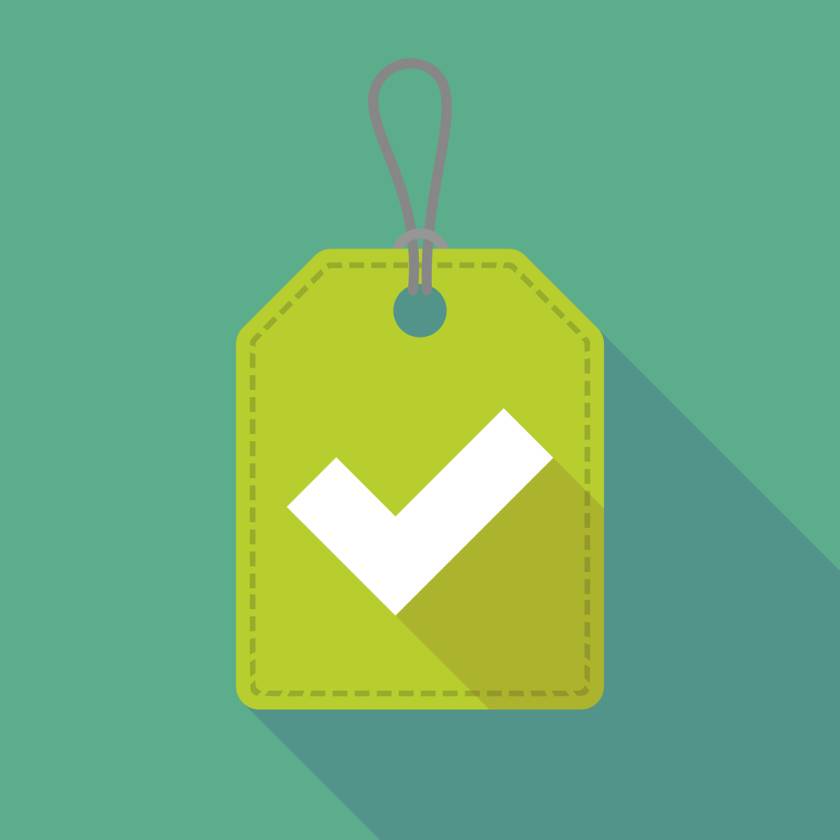How to Get Your Clothing Line Sold in Stores



Ready with your brand new clothing line to hit the stores? Now, your destination should be some retail shops and perhaps a display in the mall. Getting your clothing line into established department stores and major distribution chains can help you make good profits. You will have to go through multiple processes to achieve this.
We have compiled a list of 11 steps that you must follow to get your clothing line into the stores and make great sales.
1. Create a brand identity
You may have visualized your ideal customers while working on your clothing line. Now, think about what exactly can appeal to them as consumers. Whether you are designing clothes for kids or new moms, the ideal buyer persona can greatly impact your brand identity.
Brand identity is how your customers and retail store owners will identify you. It will represent your unique style with a brand language. Creating a brand identity can also help you mark your niche and pitch your items successfully to leading marketers.
2. Do competitor research
While you are planning to get your clothing lines into stores, you will have to do a lot of homework. Understand what exactly the retailers want depending on the location and the target audience. You must also study different brands and stores that can be your competitors. Study these outlets that may be selling similar items. Look at how they are making sales and whether the buyers in these stores are satisfied.
Spend a good amount of time to understand the market and your ideal customer. Accordingly, you can target retailers practically to pitch your clothing line. You may also tweak your lookbook a bit based on your market research.
3. Getting the right pricing

Competitor research will also give you a clear idea of how to price your items. Correct pricing is highly crucial when you are just starting out. Your pricing should be competitive, but do your maths properly, so that you don’t end up at a loss. Hire an accounts specialist if possible.
Improvise your pricing as per the market, as it can go up and down. Make sure that your store prices match your online prices. Higher prices in the store may discourage physical shoppers from buying while browsing. Eventually, you may offer a price slash and discounts on special occasions.
4. Make a good website
You may already have a website if you have been selling your products online. Having a good website can be a great way to show your online presence. The website should be made in line with your brand identity. It should have a compelling tagline and a good logo that is memorable.
List high-quality images of your products to make an impressive catalog. You can also show it on the website that you are open to selling to retailers and boutiques. This way, you may have sellers approaching you for your clothing line.
5. Get good reviews
This is for those who have already been selling their clothes online or have made any minor exchanges. Having reviews and testimonials can reflect on your credibility. If you have already connected with a few retailers, you can post their comments and positive feedback to gain more customers. You must show that you have a great product and the buyer will benefit from them.
6. Get ready for retail
This would mean preparing your clothes for sales and delivery. Get ready with hang tags and packaging for your clothes. If you are selling a sustainable brand, make sure that your packaging is also sustainable. Include your logo and brand name along with your clothing, so that customers can remember your brand.
Paper packaging with minor aesthetic details can make a great impression on online as well as offline buyers. You may also hand over a nice carry bag or bookmarks in retail stores to make a strong impression.
7. Work on a line sheet
Creating a line sheet or a lookbook is a great practice before you begin talking to sellers. A line sheet is just a document handbook with all your product images and descriptions, including all the details of colors and sizes. All specifications should be added in this book, so that it is easier for you as well as your retailer to check the items included in the deal.
8. Reach out to local sellers

Once you are ready with your brand and research, you can begin talking to local sellers. Check out all the stores that you may have shortlisted and get the best deal. Connect with them and schedule meetings. Bring samples to show the quality and texture of your clothing.
You may also hire a sales representative to talk to sellers, store owners, and eventually to potential buyers in the stores. It’s crucial to be professional in such meetings, but you must also maintain friendly behavior. Store owners should not feel burdened but rather excited to work with you. If you do not hear back from someone, do follow back in a few days.
9. Check the terms and conditions
While you talk to different sellers, make sure to get the terms of the proposal properly. Ensure that the terms are reasonable to both parties. A partnership with a seller can include multiple aspects of the selling process. From packaging to delivery, everything should be covered in the contract. All the terms should be made completely transparent, so that there are no misunderstandings in the future.
10. Attend trade shows
If you are not yet ready to sell in stores, you may have mini pop-ups in events and trade shows. These events are excellent opportunities to understand your customers and whether they like your product to purchase them. Participating in exhibitions and shows will also give you a lot of research material to understand pricing, delivery, and competitor analysis. You may also meet potential wholesale buyers who can reach out to you to work together.
11. Advertise and promote
No matter where you are selling, advertising is an important step. Once you start your clothing line, you can start promoting your brand digitally and locally. Use your website and create a Google My Business page. Make your page on social media platforms such as Instagram, Facebook, and WhatsApp Business. This will help your brand reach discovery and expand the scale of your business.
You can also introduce offers and rewards for your retailers. Give them the extra incentive to sell your clothes. Join events and communities to form networks and sell. Strong advertising and smart promotional tricks can do wonders to establish your brand in the market. Create an eye-catching tagline and introduce offers to grab the attention of new buyers.
Conclusion
Finding the right stores and outlets may be challenging. But in the end, it will be rewarding to see your clothing line being sold in real stores. Getting a good launchpad will be crucial in the future to strategize concrete steps towards scaling your business.
If you have been dreaming about getting the perfect clothing manufacturers for your clothing line, check out Fashinza. It will connect with the best manufacturers across the country to help you start your fashion business. You can relax while Fashinza manages everything.
Check out the Fashinza platform now and get started.



















